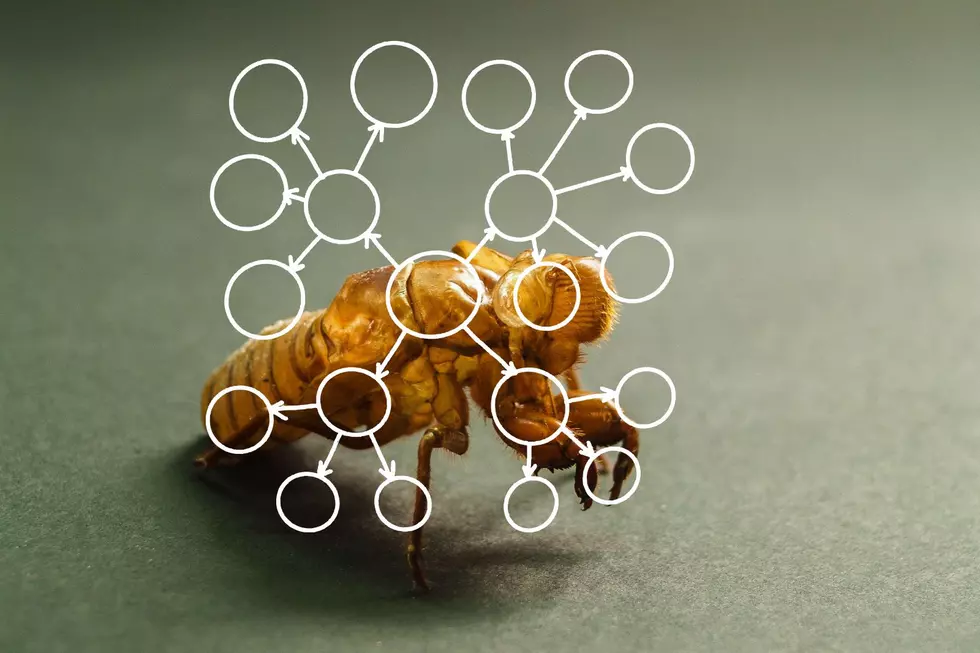
Utah Women Making History: Mae Timbimboo Parry
The month of March is Women’s History Month, but did you know it started out as a local celebration in California? The National Women’s History Museum also says that in 1980 several women’s groups and historians led by the now National Women’s History Alliance lobbied for national recognition and in February of 1980, then President Jimmy Carter issued the first Presidential Proclamation declaring the week of March 8th as National Women’s History Week. Since 1995, each President has issued an annual proclamation designating the month of March as Women’s History Month.
So, since it’s Women’s History Month, I wanted to focus on Utah women that have made history. Utah Women’s History.org has been an invaluable resource for researching the pieces I’ll be working on for this month, so I will link it here. One of many Utah women who have made history has been Mae Timbimboo Parry. She was the historian for her people, the Northwestern Band of the Shoshone Nation, and has made an enormous impact on the history of her people as well as many other First Nation Tribes in Utah and around the country.
Mae Timbimboo Parry was born in 1919 in Washaki, Utah. She ended up going through the boarding school system of the 1920s and in high school began writing down all the stories that she had heard from her tribal elders and grandfather who was twelve years old at the time of the Bear River Massacre. Because she had written down these stories, she impacted the way the history of the way the massacre was recorded.
She also went to Washington D.C several times to meet with various government officials and ended up serving as a representative on the White House Council for Indian Tribal Affairs working with other Native American leaders to coordinate federal programs and resources for tribes. She also helped Utah develop its Native American Graves Protection and Repatriation Act, to return Native American artifacts and human remains to the indigenous tribes they belonged to. All this work led to her being recognized with the Utah Women’s Achievement Award.

